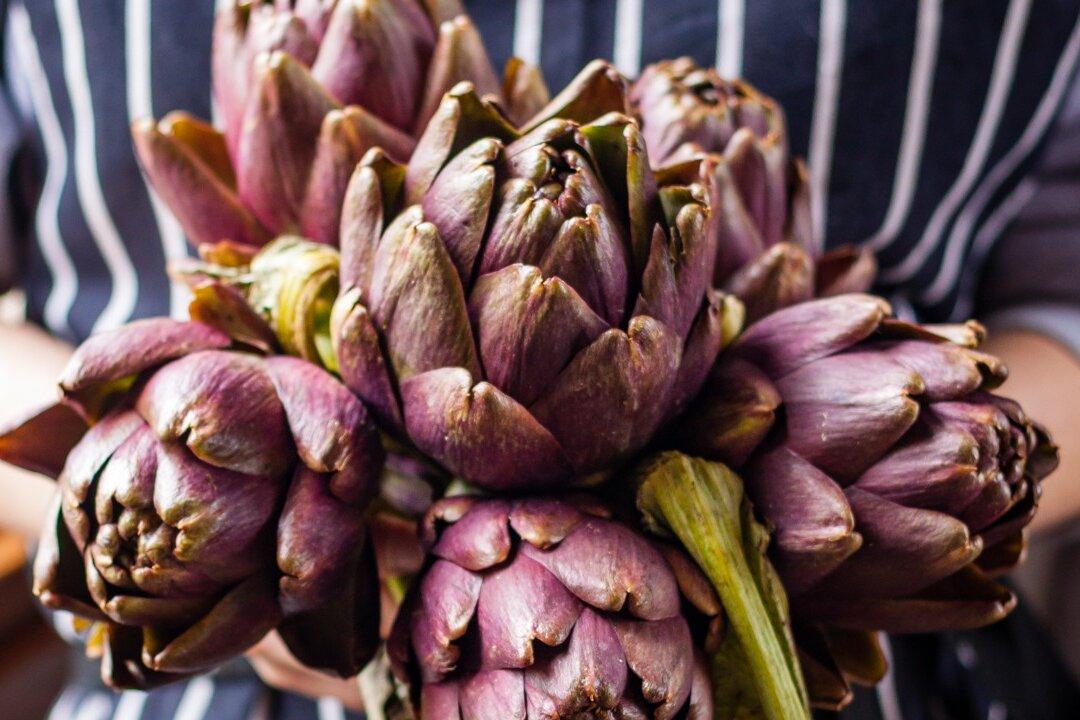When I asked my grandmother if artichokes had always been a part of her cooking repertoire, her answer was simple.
“Artichokes? Artichokes are the first thing you plant when starting a vegetable garden!” Everyone in the countryside had a carciofaia, a patch of land where the large artichokes would grow in majestic bushes, their leaves a dusty green.





